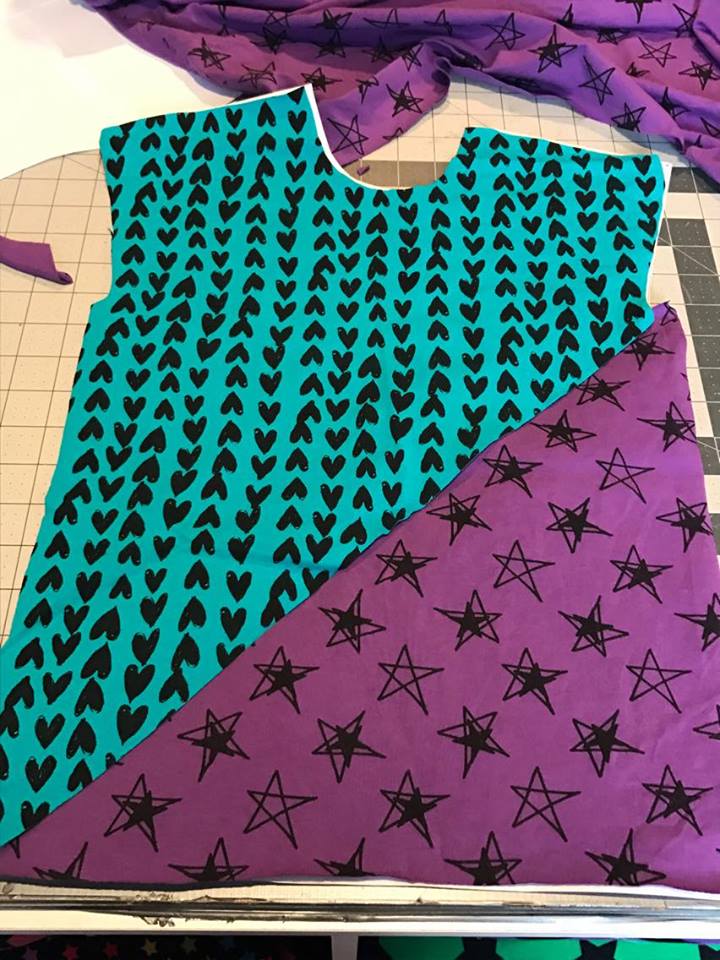Choosing the right color palette is crucial when transitioning from the living room to the kitchen. It sets the tone for the entire space and creates a cohesive look. When selecting colors, consider the style and vibe you want to achieve. Whether you prefer a bold and vibrant look or a more subtle and soothing feel, there are various color options to choose from.Color Palette
Neutral tones are a popular choice for creating a seamless transition between the living room and kitchen. These colors are versatile and can easily blend with different styles and themes. Shades of beige, gray, and white can create a calming atmosphere while providing a clean and modern look. You can also add depth and texture to the space by incorporating different neutral shades.Neutral Tones
For a cozy and inviting feel, warm hues such as red, orange, and yellow can be used in the transition from the living room to the kitchen. These colors can add warmth and energy to the space, making it feel more lively and welcoming. You can use these colors as accents or as the main color to create a bold statement. Pair warm tones with neutral shades for a balanced and harmonious look.Warm Hues
Cool tones like blue, green, and purple can create a refreshing and calming feel in the living room and kitchen. These colors are perfect for creating a tranquil and serene atmosphere, making it ideal for a relaxing and peaceful space. You can choose a monochromatic color scheme or mix and match different cool tones for a more vibrant look.Cool Tones
For a dramatic effect, you can use contrasting colors in the transition from the living room to the kitchen. This involves pairing colors that are opposite on the color wheel, such as blue and orange or green and red. This technique creates a bold and eye-catching look, making a statement in the space. Use these colors sparingly to avoid overwhelming the room.Contrasting Colors
Adding accent shades is an excellent way to bring pops of color into the living room and kitchen. These colors can be used in small doses, such as in throw pillows, rugs, or accessories, to add interest and personality to the space. Choose accent shades that complement the main color palette to tie the two rooms together seamlessly.Accent Shades
Blending techniques involve combining different colors to create a cohesive and harmonious look. This can be achieved through various methods, such as ombre, color blocking, or gradient effect. These techniques add depth and dimension to the space, making it more visually appealing. Experiment with different blending techniques to find the perfect look for your living room and kitchen transition.Blending Techniques
Color blocking is a fun and creative way to add color to the transition between the living room and kitchen. This involves using large blocks of color in different areas of the room, creating a bold and modern look. You can choose to use the same color in different shades or mix and match different colors for a more vibrant effect.Color Blocking
The gradient effect is a subtle yet effective way to transition from one color to another in the living room and kitchen. This technique involves using different shades of the same color, creating a smooth and gradual transition between the two rooms. This adds a sense of flow and harmony to the space, making it feel more cohesive.Gradient Effect
Lastly, creating a seamless color flow between the living room and kitchen is key to a successful transition. This involves using the same or similar colors in both rooms to create a sense of unity and connection. You can use different shades of the same color or incorporate the same accent shade in both spaces. This technique creates a cohesive look, making the transition between the rooms effortless.Color Flow
Creating a Cohesive Color Palette for Your Home

The Importance of Transition Colors
 When it comes to designing your home, one of the most important factors to consider is the color palette. The colors you choose will set the tone for your entire living space and can greatly impact the overall look and feel of your home. This is especially true when transitioning between rooms, such as from the living room to the kitchen. Transition colors play a crucial role in creating a cohesive and harmonious flow throughout your home.
When it comes to designing your home, one of the most important factors to consider is the color palette. The colors you choose will set the tone for your entire living space and can greatly impact the overall look and feel of your home. This is especially true when transitioning between rooms, such as from the living room to the kitchen. Transition colors play a crucial role in creating a cohesive and harmonious flow throughout your home.
Choosing the Right Transition Colors
 The key to a successful transition between rooms is choosing the right colors. You want to select colors that complement each other and create a seamless transition from one room to the next.
Neutral colors
are a great choice for transition colors as they can easily tie different rooms together without being too overpowering.
Earth tones
are also a popular choice for creating a warm and inviting transition between living spaces.
The key to a successful transition between rooms is choosing the right colors. You want to select colors that complement each other and create a seamless transition from one room to the next.
Neutral colors
are a great choice for transition colors as they can easily tie different rooms together without being too overpowering.
Earth tones
are also a popular choice for creating a warm and inviting transition between living spaces.
Creating a Color Scheme
 Before choosing your transition colors, it's important to have an overall color scheme in mind for your home. This will help guide your choices and ensure that all the colors work well together. You can start by selecting a
main color
for your living room and then choose complementary colors for your kitchen. Consider using shades and tones of the same color to create a cohesive look.
Before choosing your transition colors, it's important to have an overall color scheme in mind for your home. This will help guide your choices and ensure that all the colors work well together. You can start by selecting a
main color
for your living room and then choose complementary colors for your kitchen. Consider using shades and tones of the same color to create a cohesive look.
Incorporating Accents
 In addition to your main transition colors, incorporating
accent colors
can add depth and interest to your home design. These can be used in small doses, such as through throw pillows, artwork, or decorative pieces. By incorporating accents in both the living room and kitchen, you can further tie the two spaces together and create a cohesive color palette.
In addition to your main transition colors, incorporating
accent colors
can add depth and interest to your home design. These can be used in small doses, such as through throw pillows, artwork, or decorative pieces. By incorporating accents in both the living room and kitchen, you can further tie the two spaces together and create a cohesive color palette.
Utilizing Natural Light
 Another important factor to consider when choosing transition colors is natural light. The way natural light enters and illuminates your home can greatly affect how colors appear. Keep this in mind when selecting your transition colors and consider using light and dark shades to create contrast and balance in your home.
Another important factor to consider when choosing transition colors is natural light. The way natural light enters and illuminates your home can greatly affect how colors appear. Keep this in mind when selecting your transition colors and consider using light and dark shades to create contrast and balance in your home.
In Conclusion
 Transition colors are an essential element in creating a cohesive and harmonious home design. By carefully choosing your colors and incorporating accents and natural light, you can seamlessly transition between living spaces and create a beautiful and inviting atmosphere. Remember to have an overall color scheme in mind and use neutral and earth tones for the best results. With these tips, you can easily create a cohesive color palette from your living room to your kitchen.
Transition colors are an essential element in creating a cohesive and harmonious home design. By carefully choosing your colors and incorporating accents and natural light, you can seamlessly transition between living spaces and create a beautiful and inviting atmosphere. Remember to have an overall color scheme in mind and use neutral and earth tones for the best results. With these tips, you can easily create a cohesive color palette from your living room to your kitchen.
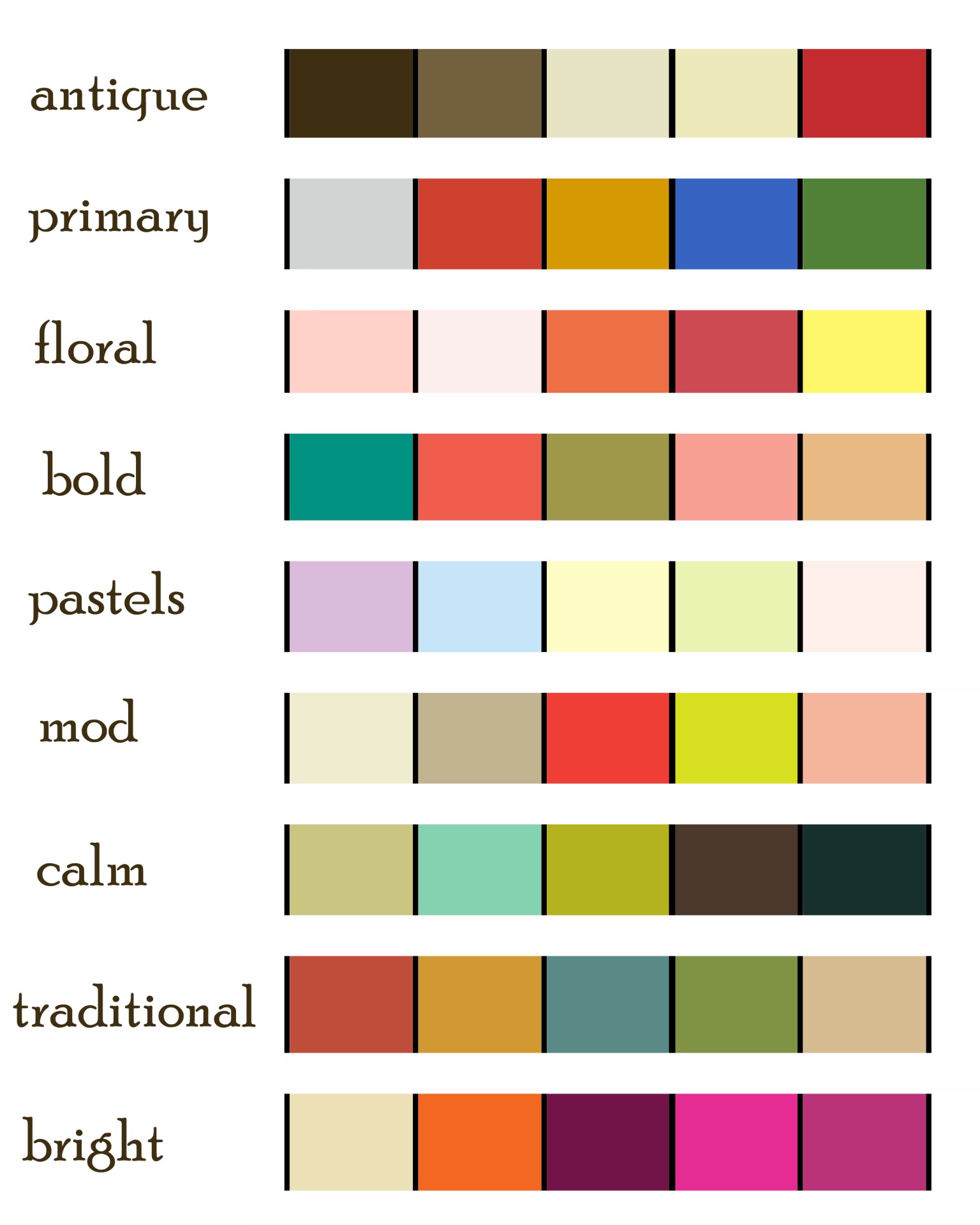



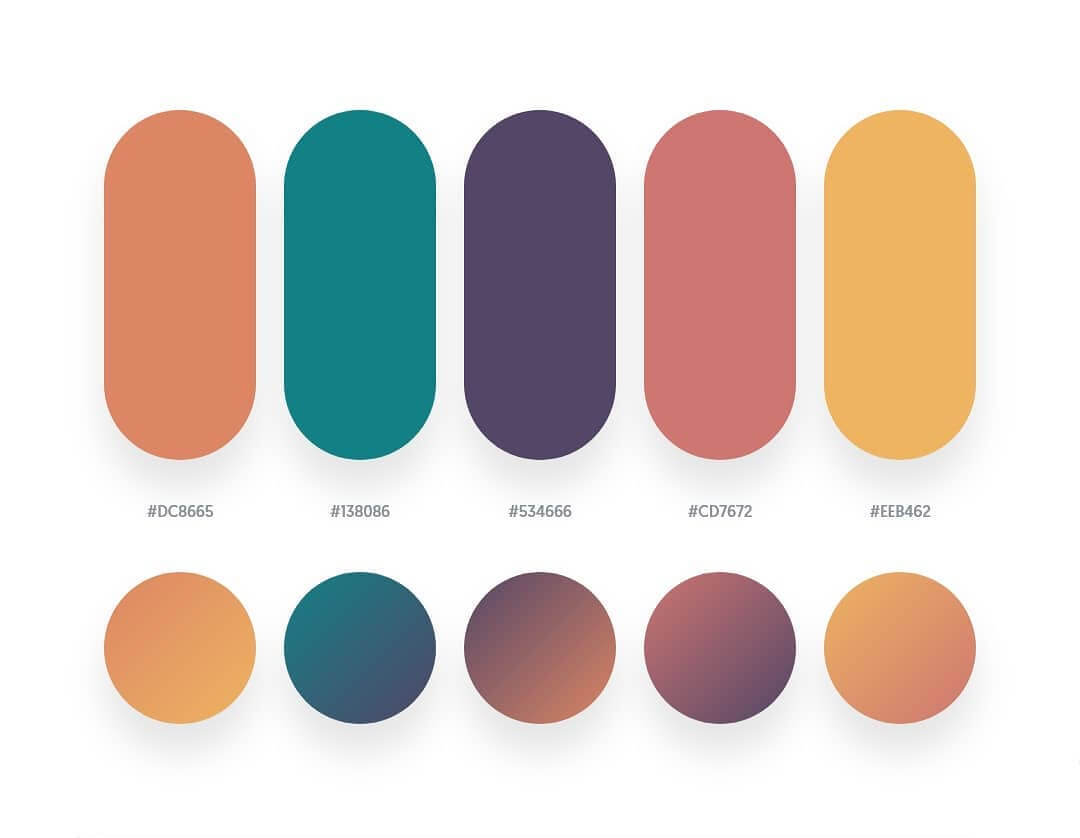
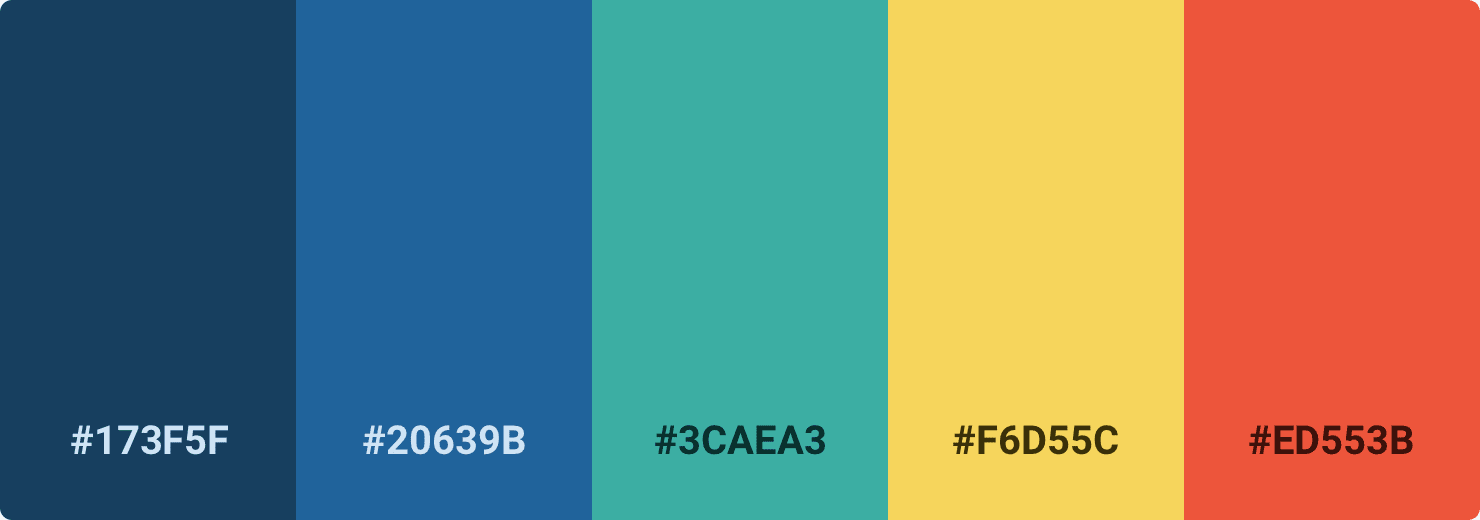

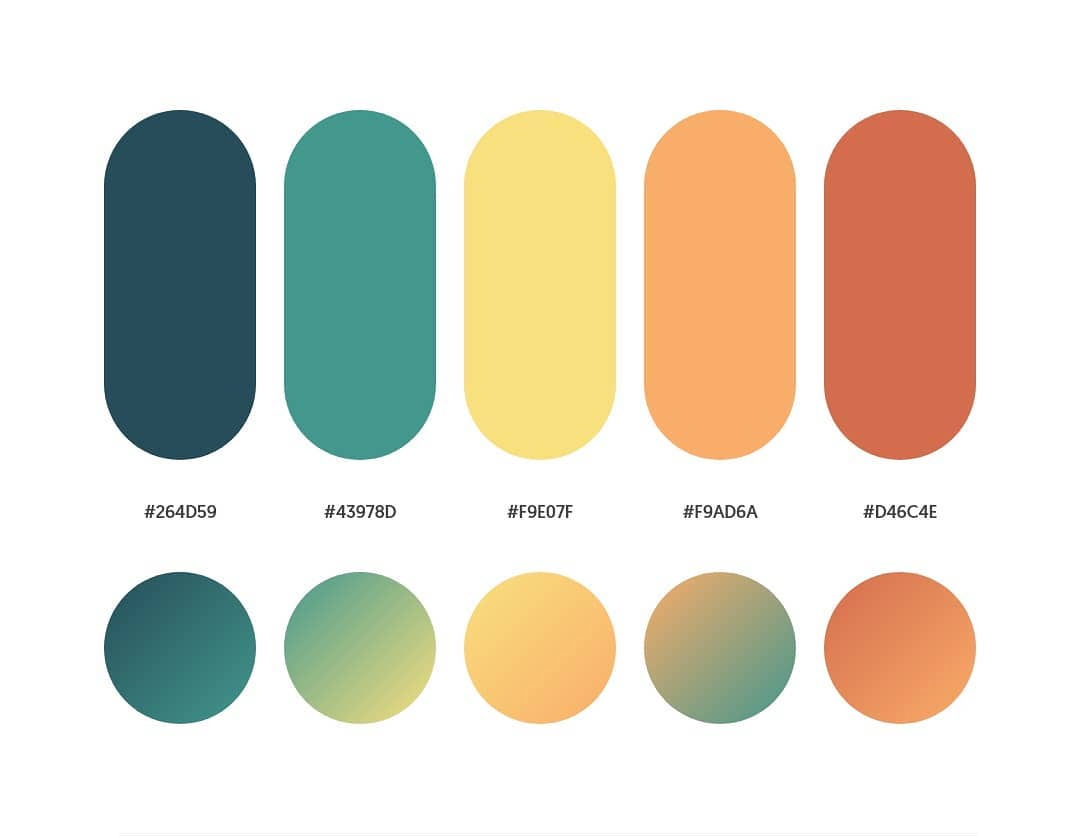

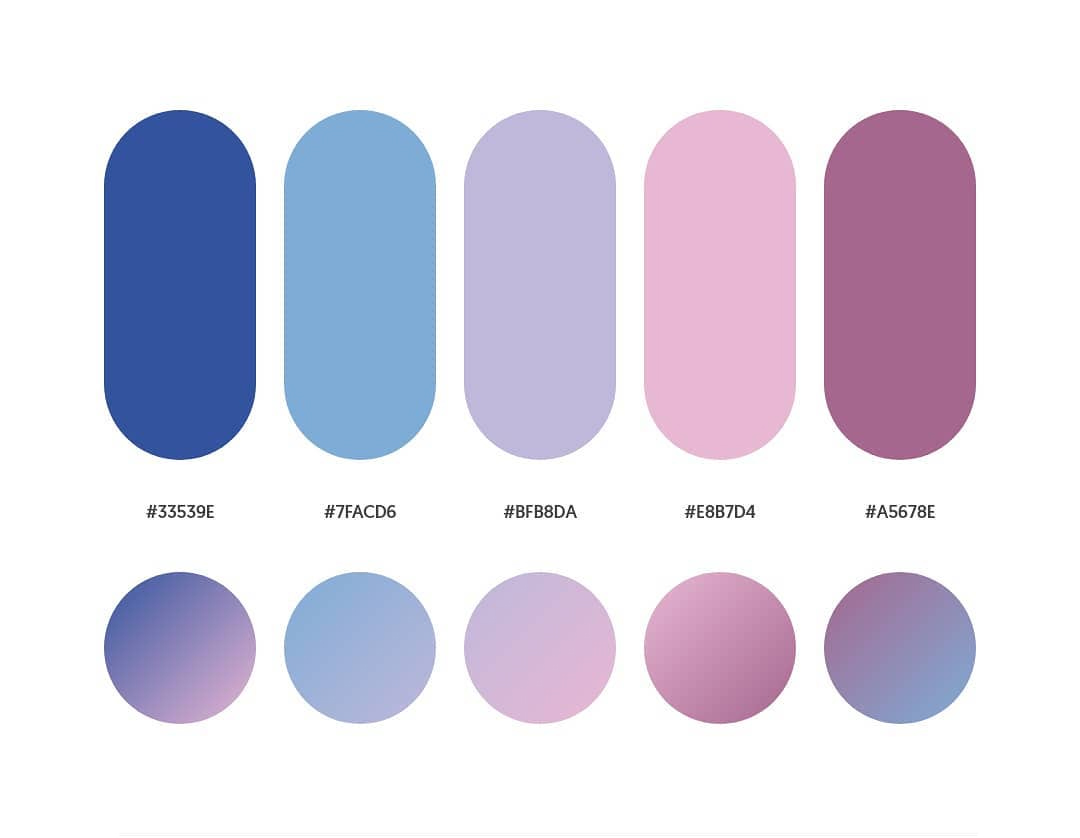
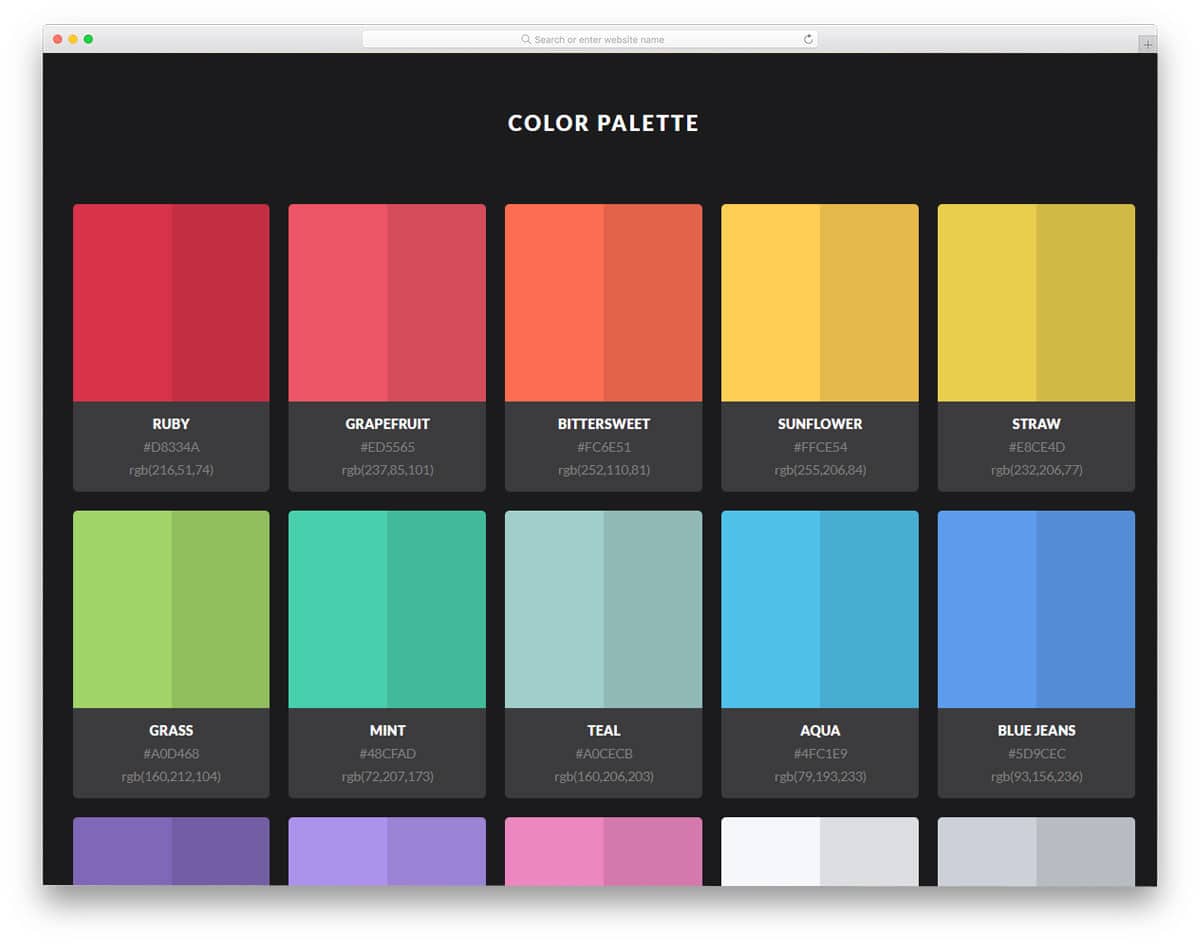

.jpg)


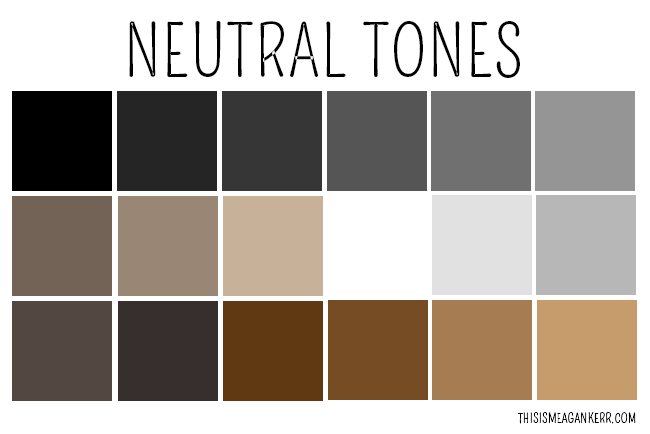



.jpg)
.jpg)


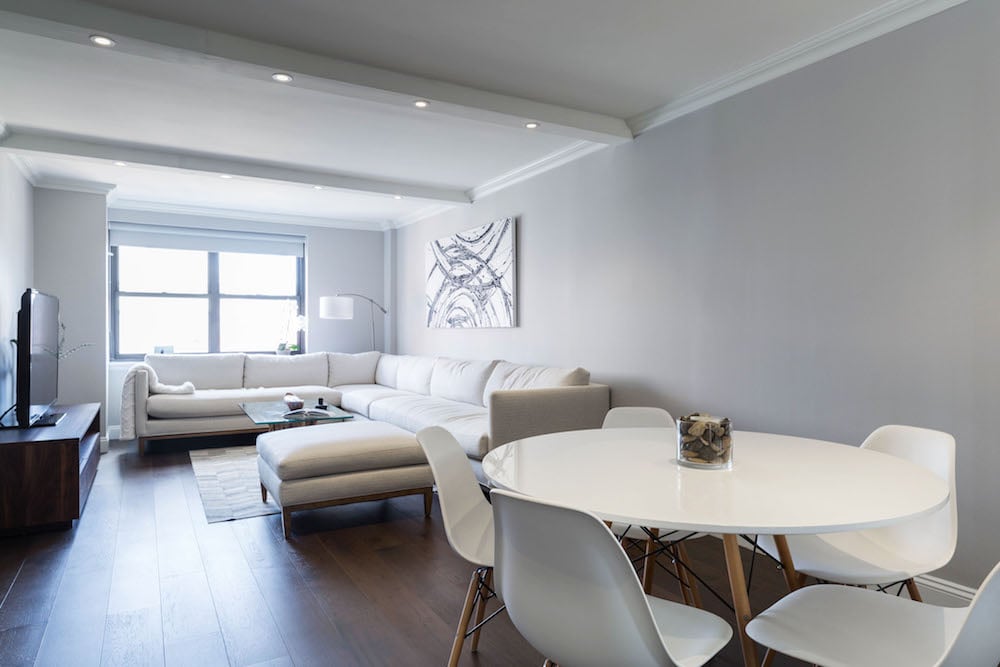
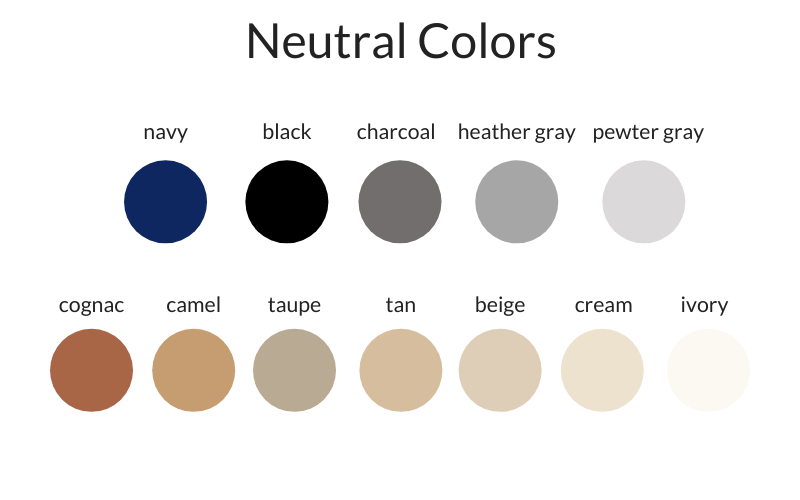











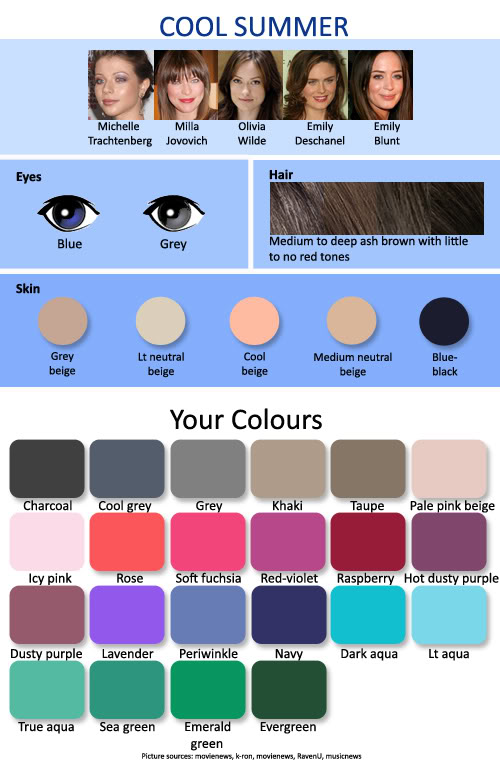



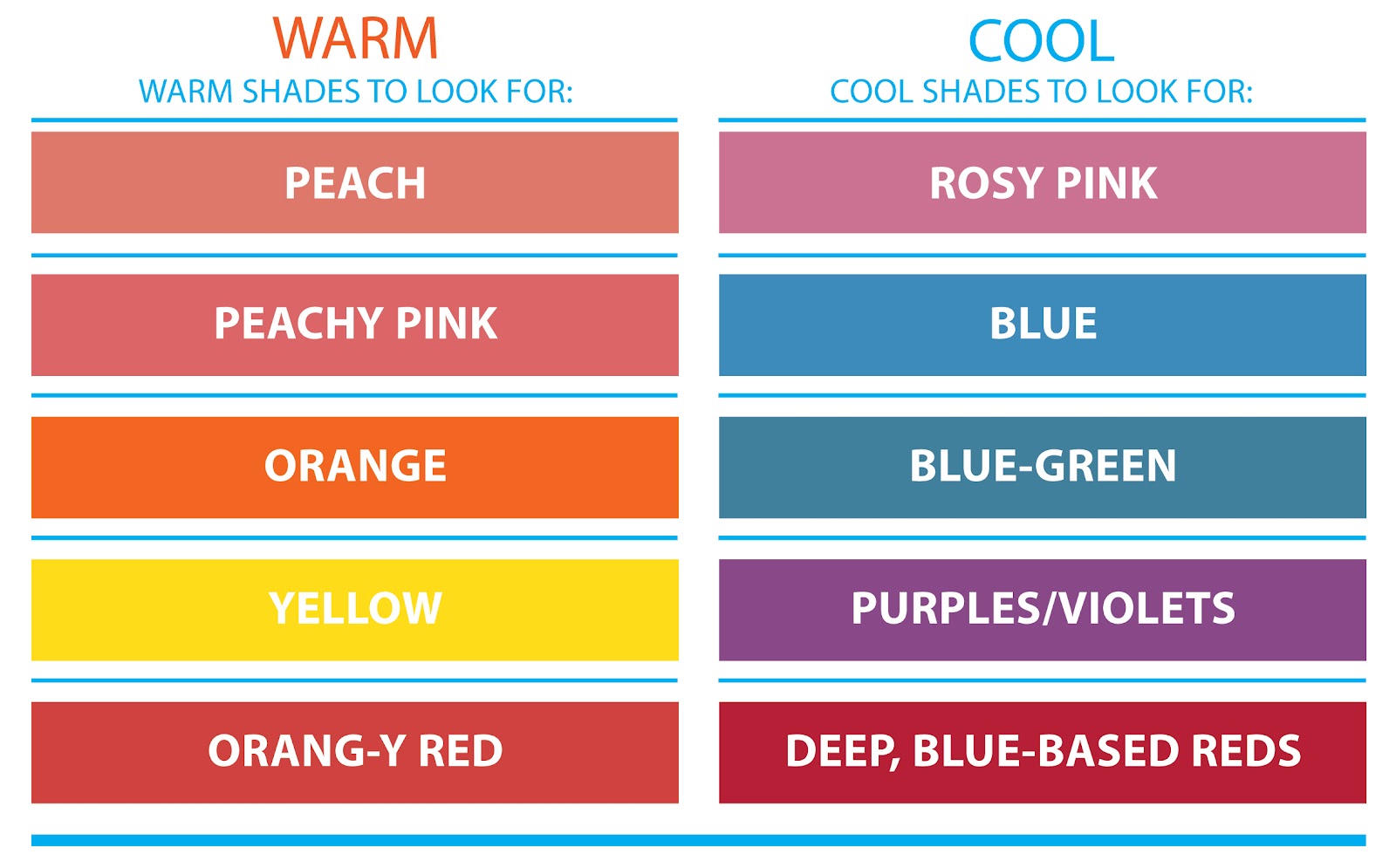

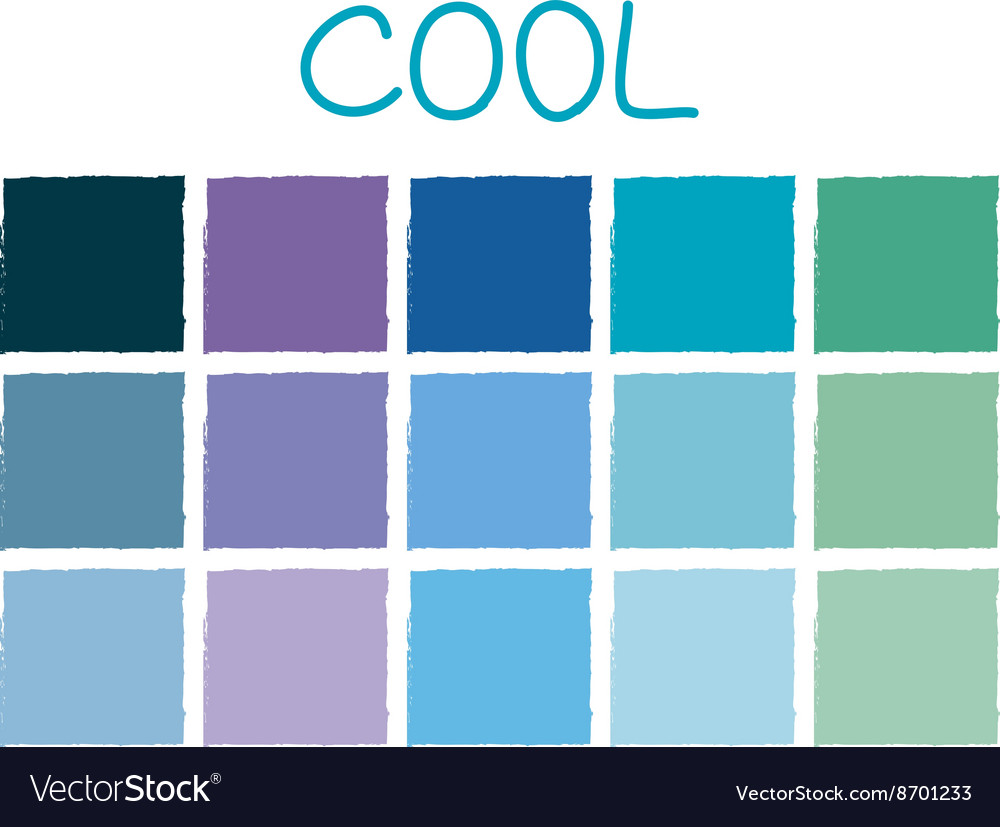



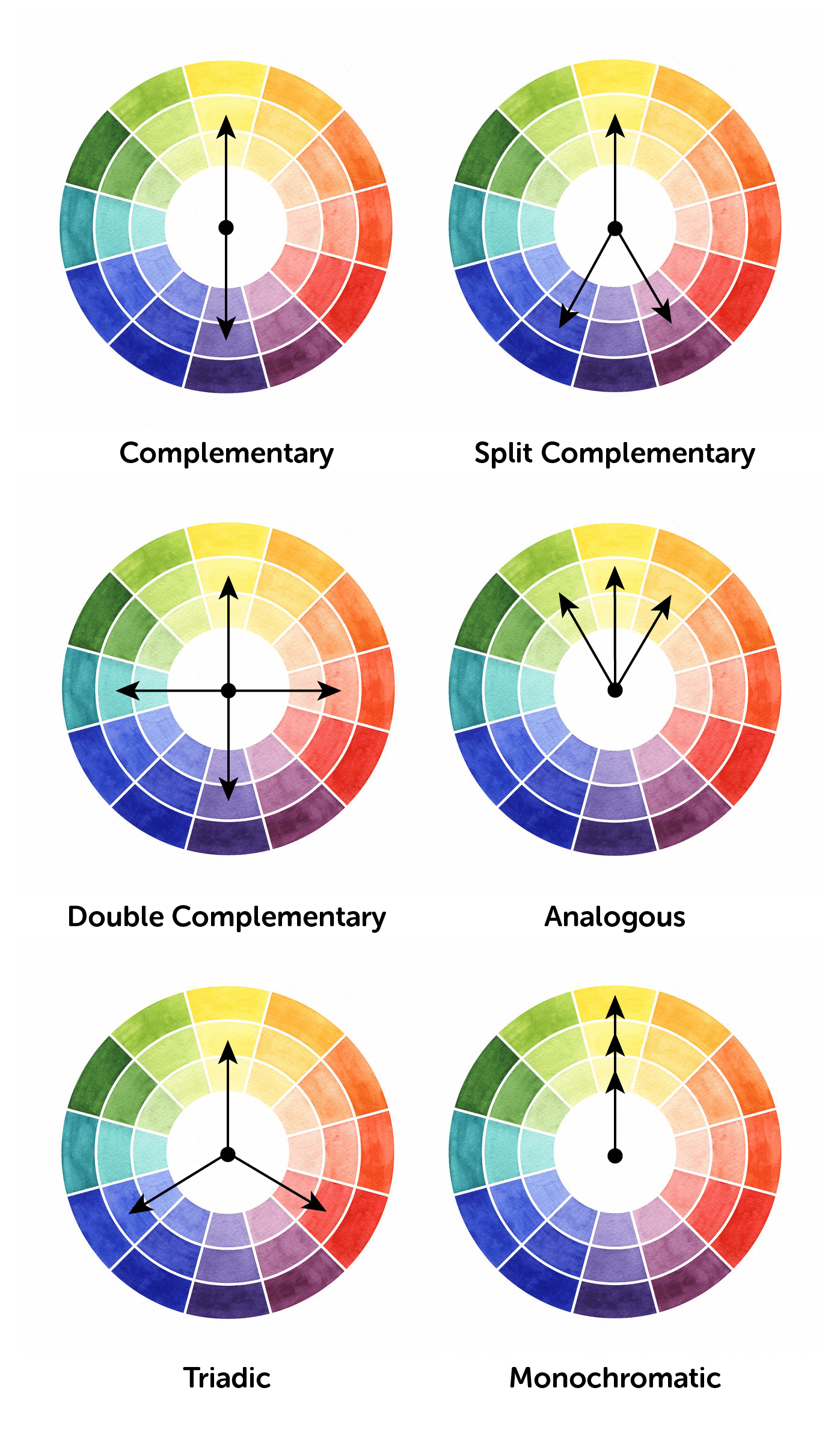


/Color-Contrast-Chart-59091b973df78c9283e31928.jpg)

/Colorwheel-58d0206f3df78c3c4f45653b.jpg)














/https://sil-media.storyblok.com/products/front/8702/8702_8540.jpg)










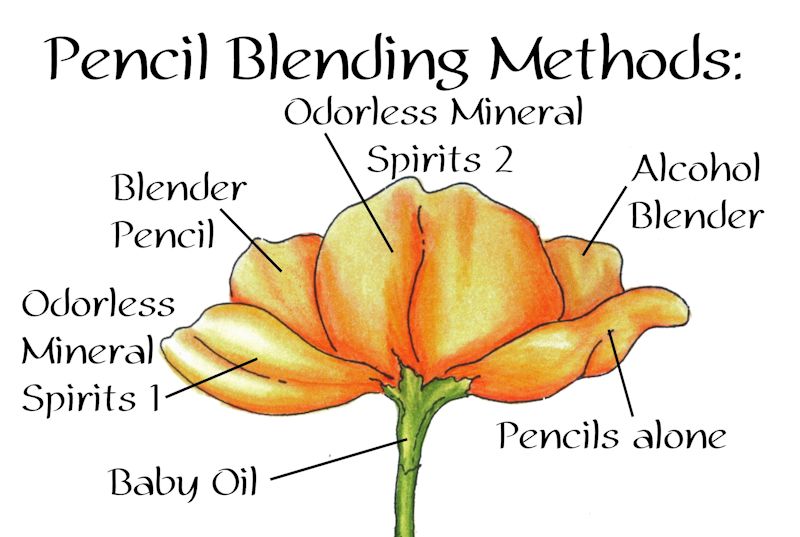





:max_bytes(150000):strip_icc()/dazeyden-a484bad65db24f3aba3826ed7fff670b.jpg)
